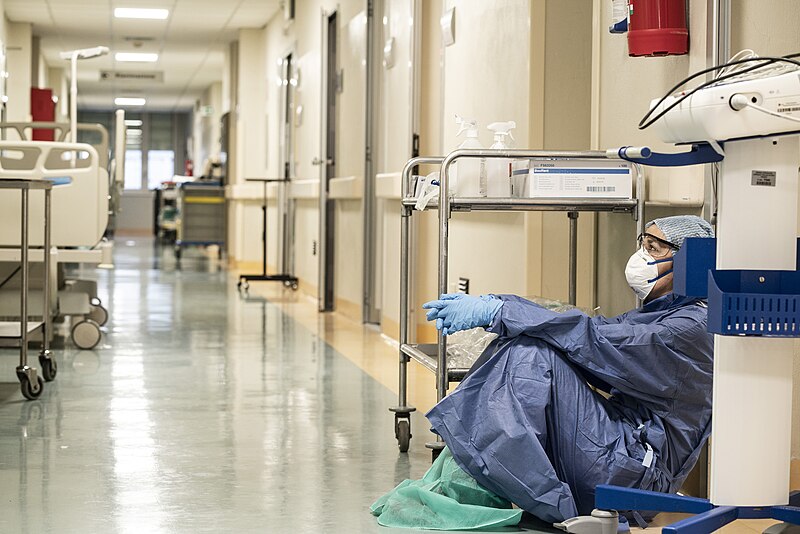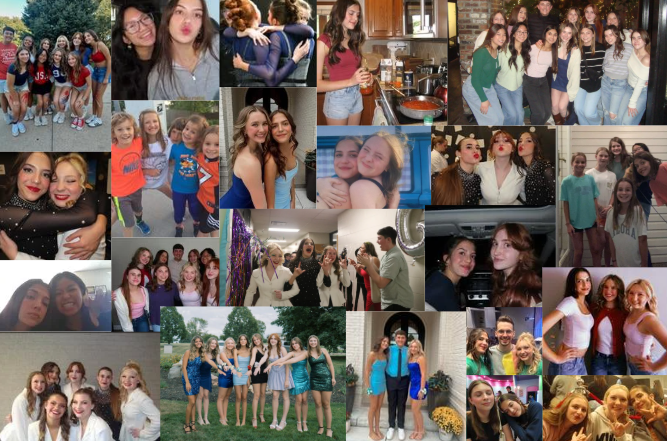As new viruses are arising, the nurse shortage is only getting worse. 100,000 nurses left the workforce within the last two years because of the environment and burnout due to COVID-19. Over 600,000 nurses are projected to leave the field by 2027.
During this time, nurses not only carried the difficult job of making decisions that could affect them for the rest of their lives but they were putting themselves at further risk by interacting with COVID-19 patients. They were trying to help heal patients while thinking about their families at home, hoping they would make it back safely. They also held the new responsibility of comforting those during death because the patients’ families couldn’t be in the same vicinity as them. More patients were dying than they could keep track of and work was a nightmare.
One of the many challenges healthcare workers faced was a lack of motivation. Due to our healthcare system not showing that they cared about balance or health, many nurses began to quit. The environment of healthcare facilities was not very encouraging for nurses. They knew their management neglected them. Co-workers were developing mental health issues, and they were required to cover more hours due to the shortage. The shortage was not only in nurses but in beds, supplies, standardized processes and more.
Nurses’ mental health began to spiral as they worked more and more. Grief felt more personal, they were emotionally exhausted and they were not receiving adequate support. Close to 82% of healthcare workers reported that they felt strong effects of exhaustion during the pandemic.
An increase occurred in PTSD diagnosis during COVID-19 and female physicians were more likely to have it. This pandemic is something that all healthcare workers will remember for the rest of their lives. They will remember the numerous patients they lost, the bruises they got from N-95 masks, and the phones they held so that families could say goodbye to their family members through the phone.
Nurses were required to wear uncomfortable protective clothing at all times during their shifts. It was difficult to do certain procedures because of how many layers they had on. Some people even had to wear headgear that covered their face completely and required a fan to allow air circulation. This gear was required to be worn during the whole shift, even during breaks. Most families resorted to being hosed down before they entered their homes after a shift so that they could get off any bacteria. A shortage of protective equipment occurred and stress levels increased because they were at higher risk for the disease. About 30% of hospitalized patients during COVID-19 were healthcare workers.
To this day, first responders are still experiencing shortages of personal protective equipment due to COVID-19. For every patient they visited during COVID-19, gloves, gowns, eye protection and masks would have to be changed. That means over 15 million pieces of PPE would have been needed if changing protection between each patient and that is only for COVID-19 patients.
During this tough time, there was also no incentive for nurses. Pay per hour was getting cut down tremendously, as far as 50%. Even though they were saving our population as best as they could, sadly, they were not compensated well. Money was being allocated strictly to COVID-19 patients. Other specialities such as OB-GYN were told to stop elective testing. There was not enough money to pay everyone, so they decided to make a cut employee-wise and ask a big favor: start working full-time or start collecting unemployment. Clinics had to shut down because they didn’t have enough money to operate. Around 16,000 physician practices closed within the first eight months of the pandemic.
Although most of society will never be able to experience how working in the healthcare industry during a pandemic is like, it is important to understand what is wrong with the system and learn how we can support those who are helping us.








